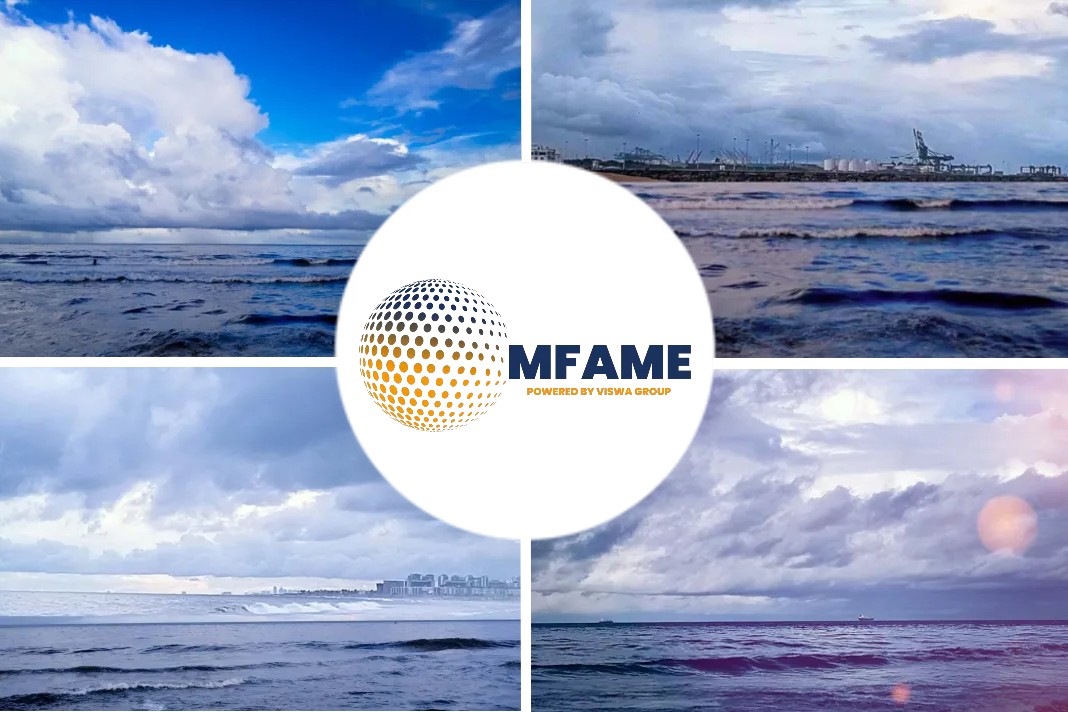
Russia’s growing fleet of nuclear icebreakers may remain busy into the summer months this year. Usually returning to port in mid-Summer once sea ice has melted along the Northern Sea Route, Russia’s Arctic and Antarctic Research Institute (AARI) forecasts a more challenging environment for shipping along parts of the route this summer.
Icy Condition
The Institute predicts with a high probability that heavy ice conditions will persist in the western part of the Laptev Sea and the eastern part of the East Siberian Sea. Current sea ice charts show two “fingers” of multi-year ice reaching from the central Arctic Ocean almost to the Russian coastline in these areas. In contrast, at the same time in 2022 multi-year was largely limited to high latitudes in these areas.
The challenging conditions arise due to thick multi-year ice. Sea ice in those areas was preserved at the end of last summer’s melt season and subsequently transitioned into two-year ice, which presents a greater challenge to navigation than thinner and weaker first-year ice. In addition to the newly-formed two-year ice, dense first-year ice began to build early in the Fall of 2022 and has now reached in excess of 1m of thickness.
Earlier In West
The waters of the Laptev and especially the East Siberian Sea frequently witness the most challenging ice conditions during the winter months. While year-round navigation along the western sections of the route in the Kara and Chukchi Seas has been possible for years, winter navigation along the eastern parts remains challenging even with nuclear icebreaker escorts. Thus, there have been only a very limited number of commercial ships, primarily oil and gas carriers, who have ventured along those parts between January and May.
While conditions in the east are forecasted to remain challenging, the Kara and Chukchi Sea carry less than average sea ice resulting in easy navigation conditions. Thinner than-normal first-year ice will allow for an earlier transition into summer-navigation for liquefied natural gas (LNG) and oil tankers from the Yamal and Gydan peninsula toward Europe.
Increasing Importance
The accurate and timely forecasting of sea ice conditions along the route has become of greater importance in recent years as Russia is looking to not only send more vessels along the route, but also expand navigation season into early Winter and late Spring. “The climate and ice conditions in the Arctic seas have recently been characterized by rapid variability. In such a situation, the role of high-quality and timely hydrometeorological forecasts is noticeably increasing, without which it is impossible to organize safe and efficient navigation in the Arctic,” Alexander Makarov, director of the AARI, said via the Institute’s press service.
The AARI has been tasked with providing year-round and uninterrupted ice forecasts and information about the conditions along the route. For this task the Institute, in part, relies on ice-resistant platforms and ice expeditions.
Did you subscribe to our newsletter?
It’s free! Click here to subscribe!
Source: Highnorthnews






















